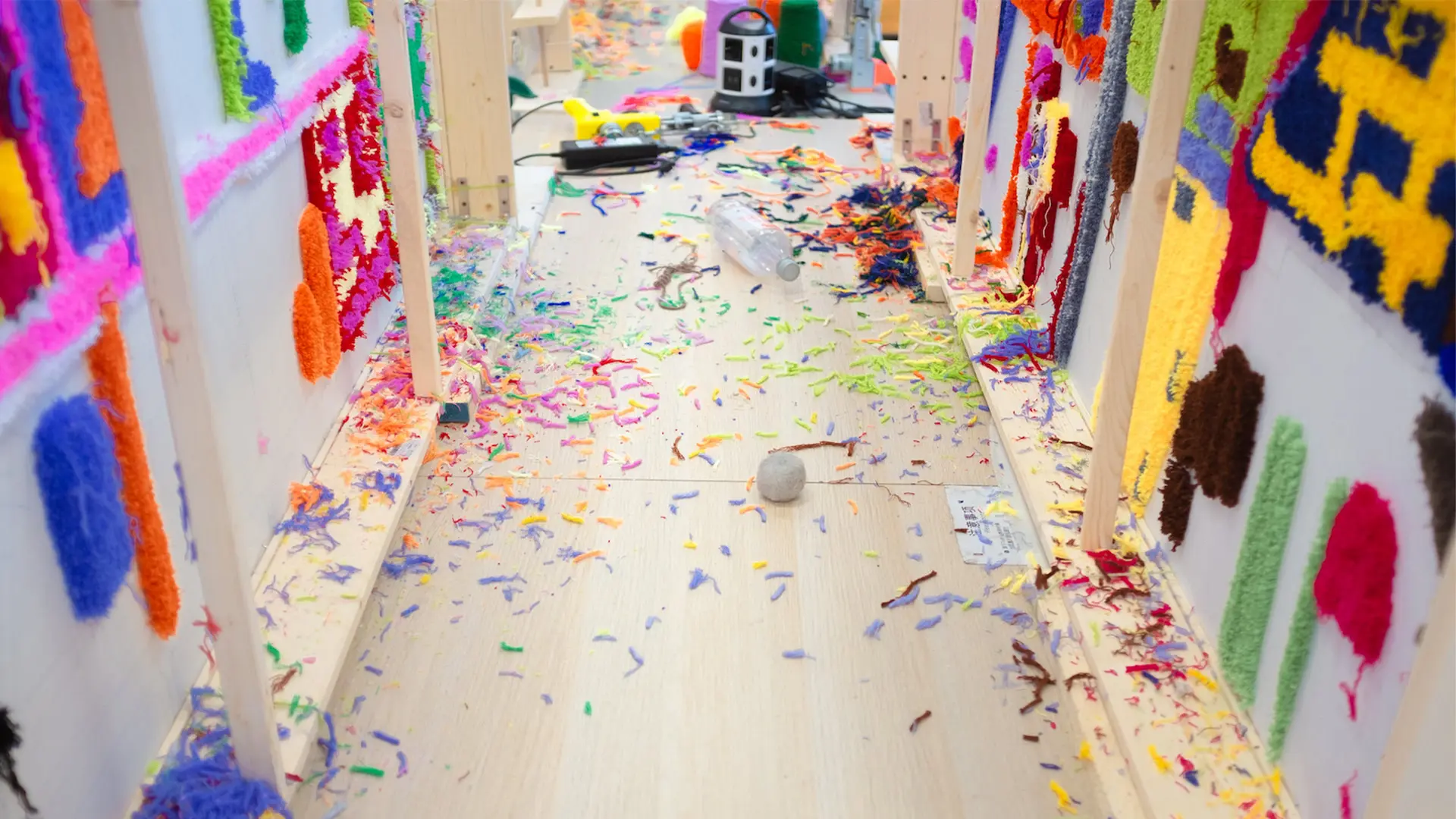Functionality and beauty are ageless. Some objects remain current and iconic over time, even after many years. Anniversaries thus become confirmation of a value that continues to speak to the present
Milan Arch Week 2024: the city celebrates weak architecture

Milano Arch Week 2023, carpet in via Padova
Inspired by the thinking of Gianni Vattimo and Andrea Branzi, “weak” by definition but very strong in terms of its impact on contemporary culture, the sixth edition of the event will run until 26th May, exploring the changing urban space through a mix of authoritative voices and grassroots demands. Here are the unmissable events
It has already begun but reaches its peak in the last days of the week, when most of the 120 talks and presentations will be held at over 50 venues scattered around the city and its immediate offshoots, stretching from Rozzano to Chiaravalle. The sixth edition of Milan Arch Week, the event devoted to design and the changes it brings to the urban fabric, is devoted to the theme of weak architecture. The tribute, as stated by the organizers, is to two great intellectuals who passed away last year, within a few days of each other: the philosopher Gianni Vattimo (4 January 1936-19 September 2023), the theorist of “weak thought”, which accepts contradictions and makes no claim to describe absolute truth, and the architect and designer Andrea Branzi (30 November 1938-9 October 2023), author of an essay on the Weak and Widespread Modernity of contemporary design, orphaned of Rationalism and grappling with metropolises with a variable geometry to respond to ever new functions. In keeping with these lofty references, the program devotes ample space to listening to the many local communities, with their specific interests and needs, and investigating the unexpressed potential hidden in the recesses of the patchwork of the city.
The talks: archaeology of the future and visions of the present
The highlight of Milano Arch Week 2025 is, as always, the talks given by prestigious international guests, called on to share their reflections with the public in Milan. Among them is the Lebanese-born architect Lina Ghotmeh, known for her archaeological approach to design based on meticulous research into the genius loci. This includes the analysis of the materials used in a given region but also entails listening to and understanding a whole intangible collection of stories and narratives. An attitude that we also found in the installation curated in 2023 for the Serpentine Pavilion, the traditional summer pavilion at the Serpentine Galleries in London. The wooden structure was completely dismantlable with a large table running along its whole perimeter to remind us of the importance of sharing. After Gromeh’s inaugural lecture, others invited to express their views on the themes of the festival include her colleagues Christian Kerez, Bob Allies, Boonserm Prenthada, Catherine Mosbach, Michel Desvigne, Alessandro Petti and Sandi Hilal (founders of the collective DAAR - Decolonizing Architecture Art Research, winner of the Golden Lion at the last Architecture Biennale), the studios NP2F, Peris + Toral Arquitectes, Flores y Prats and Baukuh, and the curator Paola Antonelli. Together with these well-known and highly experienced voices, young designers will also take the floor, featured in a “marathon of talks” lasting half and hour each entitled As Strong As You Can (at the Triennale, on Saturday and Sunday).
We Mediterranean, reflections on mare nostrum
At Dropcity, in the tunnels under the tracks of the Central Station, We Mediterranean continues the discourse on hospitality that began in conjunction with the Salone del Mobile. The independent project, launched in Lebanon, is conducted by a group of architects and designers with journalist Paola Carimati. It has the ambition to write a new dictionary of dwelling that includes migration, without excluding those who set out on the journey and then, upon landing, are most often forced to live in cramped spaces unsuitable for habitation. The tubular metal and fabric tent already seen in April, a symbol of conviviality and good architecture made from elements easily available everywhere, from Friday 24 to Sunday 26 May will host a series of meetings and performances. From Milan, We Mediterranean will then travel to several cities in the Mediterranean basin, from Marseille to Cairo, before finishing its run in Lampedusa, Italian Capital of Culture in 2025.
A tribute to the masters of the twentieth century, from Umberto Riva to Gae Aulenti
In Milan Arch Week’s program there is no shortage of tributes to the great architects of the past, as well as events to extend our understanding of the works they have left in the area. The Spazio gallery, at via Spallanzani 19, is hosting photos by Allegra Martin and Francesco Paleari taken at Casa Maria Bottero, the apartment designed by Umberto Riva for his family. The project, completed in 1967, was documented for the first time two years later with a series of images taken by Giorgio Casali and published by Domus and Zodiac magazines. The interiors then remained inaccessible to photographers for over fifty years. In the same days visitors can also take part in one of the encounters promoted by CASVA to rediscover buildings designed by the great designers of the past, such as the Pavilion for Exhibitions and a Playground by Piero Bottoni and the elementary school by Arrigo Arrighetti at QT8, seeing at first hand the richness of Milan’s historical and artistic heritage. Several events are also devoted to the Bicocca district, one of Milan’s first major urban regeneration projects, developed by Vittorio Gregotti between the mid-eighties and the early 2000s. Finally, Gae Aulenti’s architecture, also celebrated by an important monographic exhibition at the Triennale, can be observed from a new angle, from below and in motion, by joining in one of the bike tours setting off from the museum on Saturday 25 May.
















